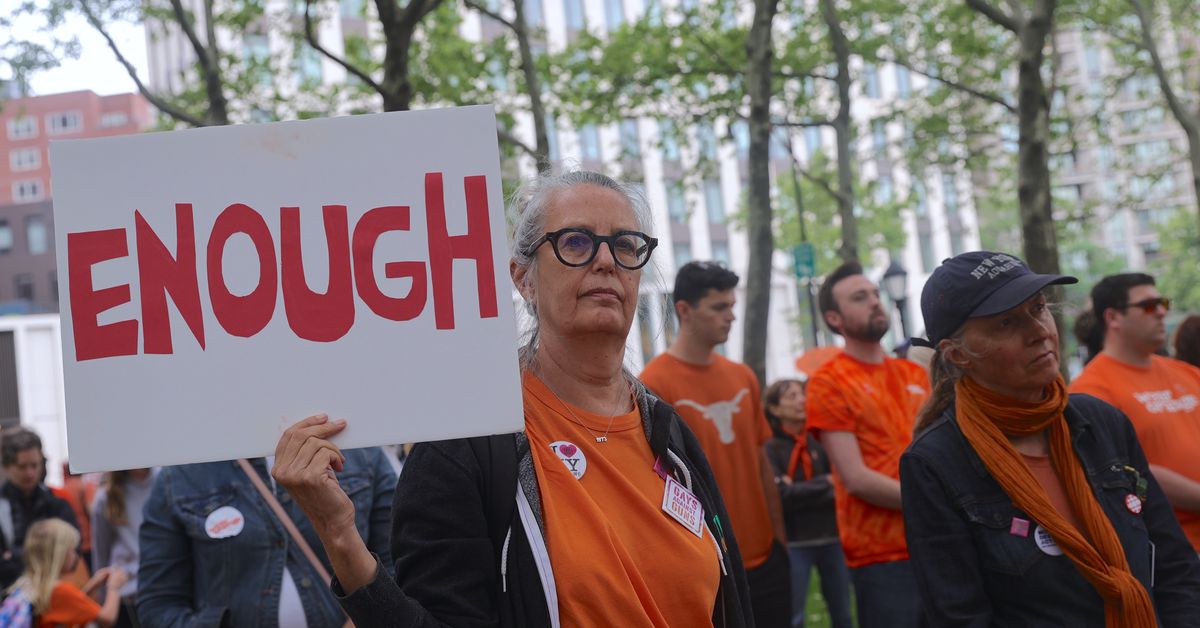It’s a nice historical review, this article, but I don’t see any way that the supreme Court is actually going to make logical improvements to fix terrible rulings it’s made in the past. Many of those judges really don’t care about victims of domestic violence, so although you and I can see that the situation is appalling, they honestly won’t.
Obviously if you’re blackout drunk because you “like beer”, the abuse never happened. /s
If you don’t want abusers to have rights, then just make it a felony.
It’s really that easy.
Yea the thing this article puts in the fine print is he has not been convicted of any crimes, he has not had his bail revoked by the judge, and none of the alleged crimes were fellonius. If any of these three conditions had been met, he would not have his weapons. The case was not struck down due to a 2A violation, it was struck down because it’s unconstitutional under the due process clause, and pretty black and white at that. If he endangered the public after his arraignment the judge should have revoked his bail.
This is the best summary I could come up with:
One fundamental problem with Bruen, as Judge Miller’s critique of the decision emphasizes, is that the six Republican-appointed justices who joined it appear to have no understanding of why changes in American society over the past 250 years make it difficult or impossible to draw meaningful analogies between modern gun laws and those that existed when the Constitution was written.
Recall that Justice Clarence Thomas’s majority opinion in Bruen announced that gun laws that address a “general societal problem that has persisted since the 18th century” are presumptively unconstitutional unless there is a “distinctly similar historical regulation” from the 1700s.
As Ohio State University historian Randolph Roth explained in a 2019 book chapter, “fewer than 10 percent of household homicides” in colonial and revolutionary New England or Maryland were committed with a gun.
But the fact that the drafters and ratifiers of the Second Amendment were comfortable living in a world where muzzle-loaded muskets were commonplace tells us nothing about whether they would have also wanted the Constitution to protect weapons that can be carried while loaded and that can turn a mere argument into a murder in less than a second.
Thomas’s innovation makes a lot of sense if you are an originalist judge who wants to solve the problem of not knowing how to rule on a case if the historical record is indeterminate — provided, of course, that you don’t care one bit what happens to the people of the United States after countless gun laws are struck down.
Add on Roberts’s decision to join Kavanaugh’s Bruen opinion, plus the Court’s three liberals, and that’s five votes that are willing to create categorical carve-outs to the right to bear arms which exist outside of Thomas’s originalist framework.
The original article contains 3,530 words, the summary contains 290 words. Saved 92%. I’m a bot and I’m open source!




